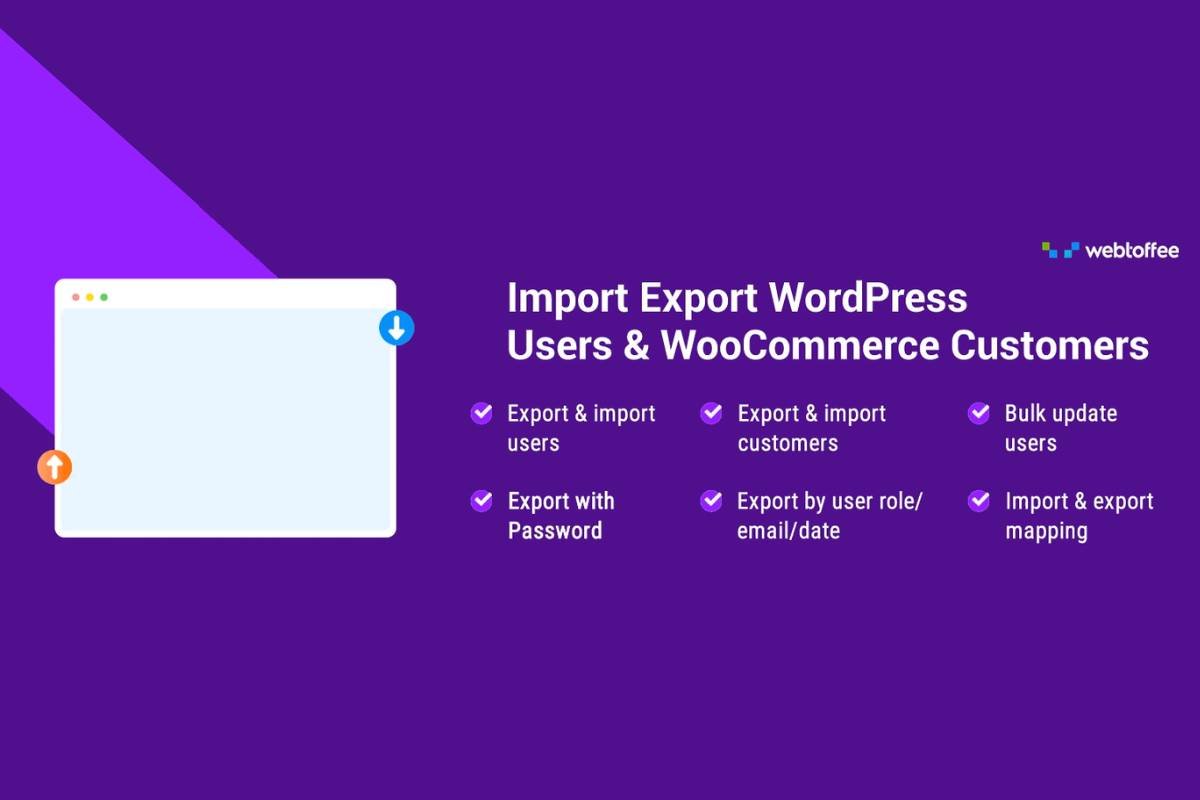In the current digital landscape, a well-designed local business website holds paramount importance. Recent studies underscore that 81% of consumers conduct online research before making purchasing decisions, underscoring the criticality of a robust online presence.
For local business owners seeking to harness this digital potential, understanding the fundamental components of effective website design and development is essential for differentiation in a competitive market. This guide dives into strategies for crafting a website that not only exhibits visual appeal but also adeptly caters to the needs of your local clientele.
Selecting and Registering Your Domain Name
The selection of tools and platforms for constructing your website significantly impacts its efficiency and ease of management. The first step in this process is choosing an appropriate domain name, which forms the foundation of your online identity. It is crucial to verify that domain names align with your brand and resonate clearly with your target audience.

This step goes beyond mere procedure; a carefully chosen domain name can markedly improve brand recognition and credibility. Seek a domain name that is not only available but also concise, memorable, and easy to type.
After selecting a suitable domain name, proceed with the necessary domain name registration to ensure legal ownership and exclusive rights to use it for your website. During this process, consider securing multiple domain extensions to protect your brand identity from competitors. Additionally, privacy protection services offered by registrars can help shield your personal information from public view.
After securing your domain, consider platforms like WordPress, renowned for their customizable features tailored to local business website requirements. Alternatively, accessible solutions such as Wix or Squarespace present viable options, especially beneficial for users with limited technical expertise. For businesses involved in commerce, integrating e-commerce capabilities into your chosen platform is crucial. This ensures a smooth shopping experience for customers and supports expanding your business’s reach beyond local markets.
Understanding Your Audience
Before proceeding with the next steps, gaining comprehensive insights into your audience is essential. This understanding lays the groundwork for all subsequent website elements, influencing everything from overarching design principles to content strategies. Local businesses primarily target local residents and nearby communities. Understanding their preferences, needs, and online behaviors is essential for crafting a website that meets expectations and enhances the overall user experience.
Examining demographic data and gathering feedback through surveys provide essential insights for developing targeted messaging and design elements. Understanding your audience deeply enables effective customization of your website to align with their preferences, thereby ensuring a more engaging and user-friendly experience.
Planning Your Site Layout

When planning your site layout, prioritize simplicity and user intuitiveness. The primary goal for local businesses is to provide swift access to critical information such as business hours, location details, and available services.
The website should offer easy navigation, allowing users to locate important information effortlessly. With the prevalence of mobile devices, it’s crucial to ensure the site is responsive on all screens. A clear visual hierarchy should be established to smoothly lead visitors through relevant content. Consistently labeling menus and buttons clearly minimizes user frustration and enhances accessibility. A well-organized site layout not only improves user experience but also bolsters your brand’s credibility and professionalism, making it simple for users to engage with critical information.
Crucial Elements Included on Each Local Business Website
Key features essential for effective local business websites include prominently displayed business name, location, and contact information. Integration of a map and directions optimizes user experience by facilitating easy navigation to physical store locations. Incorporating customer testimonials and case studies bolsters credibility and engenders trust.
Social media integration fosters community engagement and sustains customer interaction. Features such as an accessible FAQ section address common inquiries directly on the site, enhancing user satisfaction. These features not only enhance user experience but also contribute to building a strong online presence and fostering lasting customer relationships.
Content Strategy for Engagement
Content serves as a pivotal conduit for community engagement on any website, particularly for local businesses. Emphasizing relevance and engagement, content should spotlight local events, news updates, or promotional activities resonant with the target audience. To effectively manage and update this content, utilizing a Content Management System (CMS) like Pick CMS can streamline the process, ensuring your content remains fresh and relevant while making it easier to highlight local happenings and engage with your audience.
Employing localized SEO strategies enhances visibility by optimizing content for regional search terms, thereby attracting more local clientele. Consistent updates to blogs or news sections maintain site dynamics, encouraging repeat visits. Multimedia elements like videos or interactive tours enrich user engagement and enrich the overall browsing experience.
User-generated content, including customer stories or submitted photos, fortifies community connection and enhances credibility. A robust content strategy not only attracts visitors but also encourages them to interact with your brand, fostering deeper connections and increasing customer loyalty.
Maintenance and Analytics

Post-launch, diligent maintenance is essential to sustain optimal website performance. This entails regular updates to content, security protocols, and technical infrastructure to ensure seamless operation. Leveraging analytics tools provides actionable insights into visitor behavior, informing strategic adjustments and enhancements. Proactive monitoring facilitates prompt mitigation of performance fluctuations or security vulnerabilities.
Regular content reviews and updates preserve site relevance and utility, contributing to sustained traffic and user engagement. By maintaining your website effectively and leveraging analytics for continuous improvement, you can ensure it remains a valuable asset that supports your business goals over time.
Conclusion
Crafting a meticulously designed local business website represents a critical initiative for businesses aiming to broaden their market reach. Emphasizing intuitive design, essential features, compelling content, and suitable technological solutions enables businesses to build a website that not only draws but also sustains customer interest in the long term.
Through consistent maintenance and insightful analytics utilization, your website can evolve in tandem with business growth. Remember, your website often serves as the initial point of contact for potential customers, making its efficacy crucial in fostering positive initial impressions and sustained customer relationships.


















